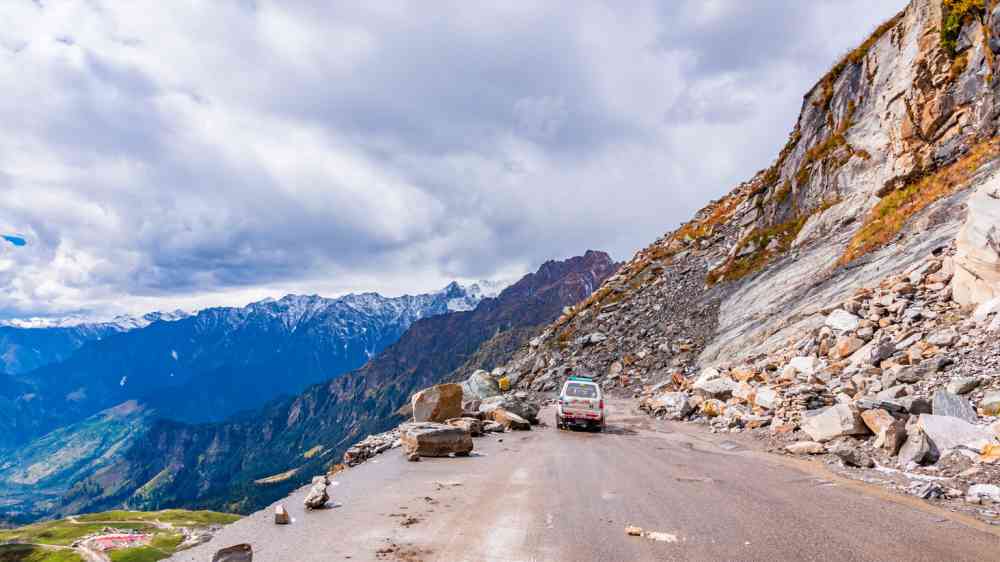
Disasters are not natural.
Our decisions as public servants determine how resilient and sustainable our governments and communities are, not nature´s will. Join me through this article to understand why disasters are not natural and the beyond-the-obvious benefits of investing in resilience to reduce disaster risk. We must stress that is more than just semantic. In more than 15 years of working on emergency management and disaster risk management, I have seen the importance of approaching disasters as a phenomenon that is produced by our development choices. Therefore, as public servants, it is crucial that we design public policies with a risk-informed lens.
The elements of a disaster
First of all, we have to understand disasters as the manifestation of a probability, which we call disaster risk. This probability determines first, the chance that a hazard occurs — hurricane seasons is an example of a recurring, seasonal hazard — and second, the possibility that the effects of hazard become a disaster.
With that in mind, we can construct a disaster with three elements:
- A hazard such as earthquakes, pandemics, wildfires or industrial accidents, to name a few.
- Exposure, which is the “situation of people, infrastructure, housing, production capacities and other tangible human assets located in hazard-prone areas,” according to UNISDR. If there is no exposure, there is no disaster — imagine a landslide in a mountain with no one around.
- Vulnerability, which encompasses the physical, social, economic and environmental factors or processes which increase the susceptibility of an individual, a community, assets or systems to the impacts of hazards.
We can then summarise the building blocks of a disaster with the following equation:
Hazard X Exposure X Vulnerability = Disaster Risk
Owning disaster risk
The only natural element with an impact on disaster risk is the hazard. Yet, we have an almost absolute influence on the two remaining factors.
As public servants and decision-makers, we can determine exposure through territorial planning, for instance. We can also share information to raise awareness, as the GIS visualisation tool that the Chilean National Emergency Office has for all citizens. This tool is open and has detailed layers of tsunami flooding areas, volcanic eruption impact zones and wildfire probability.
Disasters are a product of our decisions, so we must include disaster risk reduction on our daily work and invest in resilience
For vulnerability, we can divide it into two categories: physical and socio-economical.
Earthquakes don’t kill people, buildings do. In other words, people can experience physical vulnerability when there is damage to infrastructure. There can be several reasons for this vulnerability ranging from lack of building codes or enforcement, corruption, to poverty conditions that render housing inadequate. Here we can have profound impacts on the resilience of our infrastructure. We can design better building codes and incorporate disaster risk to the social evaluation of investments in critical infrastructure, for instance.
Now, the underlying drivers of disaster risk are social vulnerabilities which sometimes are invisible until the hazard strikes. Some of these socio-economic vulnerabilities are gender gaps, poverty, disability and marginalisation.
As public servants, we work every day to reduce the above vulnerabilities, whether we are aware of it or not. I’d argue we must move to a higher state of awareness. Disasters are a product of our decisions, so we must include disaster risk reduction on our daily work and invest in resilience.
The dividends of investing in resilience
First, we invest in resilience, we don’t spend on it. Why? It’s simple, allocating funds and our capacities to reduce disaster risk delivers dividends as the Overseas Development Institute and The World Bank writes. Those dividends are:
- Saving lives and avoiding losses when disasters strike. This encompasses not only lives that are protected but also reducing the number of affected people, secure livelihoods and the economy.
- Stimulating economic activity by fostering entrepreneurship and innovation to find solutions for mitigating risks — which, by the way, creates jobs and productivity — and job creation. It also avoids future economic loss; there is a $4 benefit of each dollar invested in resilience as the Lifelines report states.
- Development co-benefits derive from investing in resilience as an increase in social cohesion and improved transparency. For example, community-based disaster preparedness can lead to enhanced women’s involvement in community-level activities and higher levels of trust.
There are two key takeaways:
- Disasters are not natural, but a result of our choices
- Investing in resilience brings tangible benefits
We must then own the systemic and complex nature of disasters and raise awareness of disaster risk reduction to have more resilient governments and communities, and foster sustainable development.